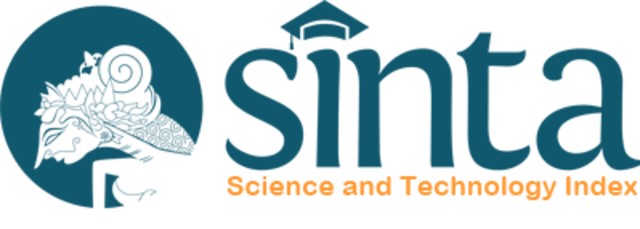Pengembangan Sistem Pengukuran Kinerja Program Kemitraan di PKBL PT Sucofindo, Jakarta
Keywords:
PCDP, performance measurement system, performance indicators
Abstract
The partnership program is a part of the activity in the Partnership and Community Development Program (PCDP) as a form of responsibility by revolving funds and part of its profits. Up to now, revolving fund of the partnerships program has reached IDR 18.17 trillion and is growing every year, is need of good management and accurate performance measurement. Until now, the partnership program performance was measured by indicators of the effectiveness of distribution and level of collectibility loan repayment. There Indicators are still not able to describe the overall performance of the partnerships program, which may cause the dysfunction of organization. Development was started by identifying stakeholders’ expectations, then analyzing the methods of ranking, classification, Logical Framework Analysis (LFA), suitability analysis, Analytical Hierarchy Process (AHP), Focus Group Discussion (FGD), and Objective Matrix (OMAX). The analysis resulted in eight new indicators, which conducted the survey for the community stakeholders and small businesses with a sample of 30 respondents for each group of stakeholders, while for stakeholders’ employees, management, and state ministries was done census. Respondents selected purposively. The survey results show that the value of PCDP PT Sucofindo performance is 639.9, including a good performance status.Downloads
Download data is not yet available.
Published
2015-05-20
How to Cite
SuryanaA. D., RaharjaS., & SalehA. (2015). Pengembangan Sistem Pengukuran Kinerja Program Kemitraan di PKBL PT Sucofindo, Jakarta. MANAJEMEN IKM: Jurnal Manajemen Pengembangan Industri Kecil Menengah, 10(1), 84-98. https://doi.org/10.29244/mikm.10.1.84-98
Section
Vol. 10 No. 1










